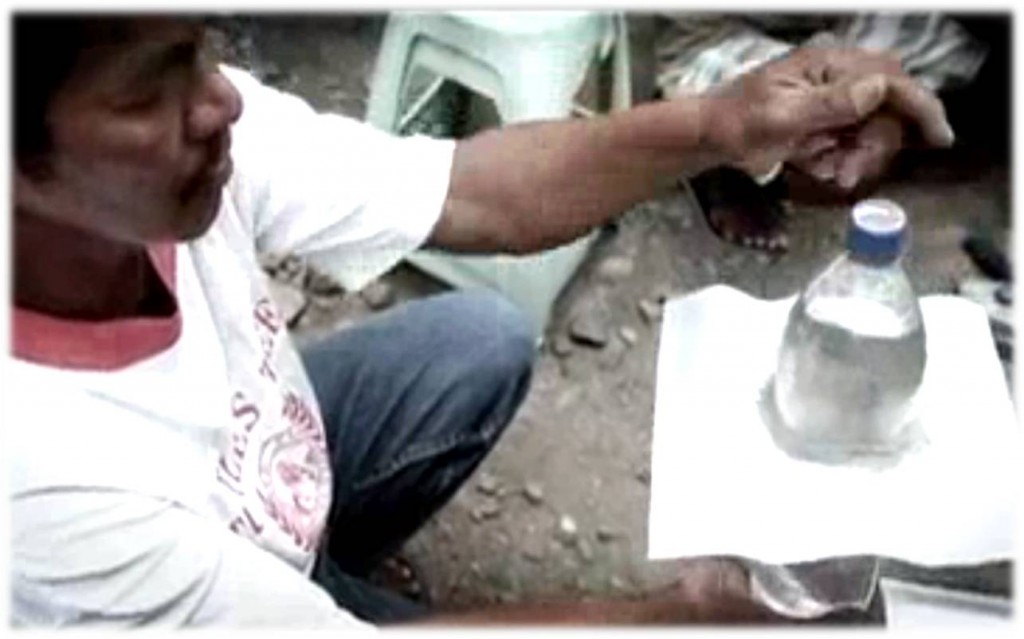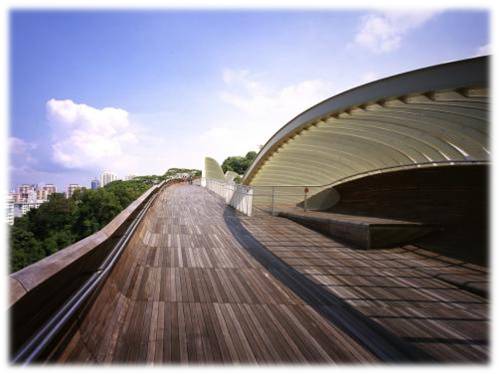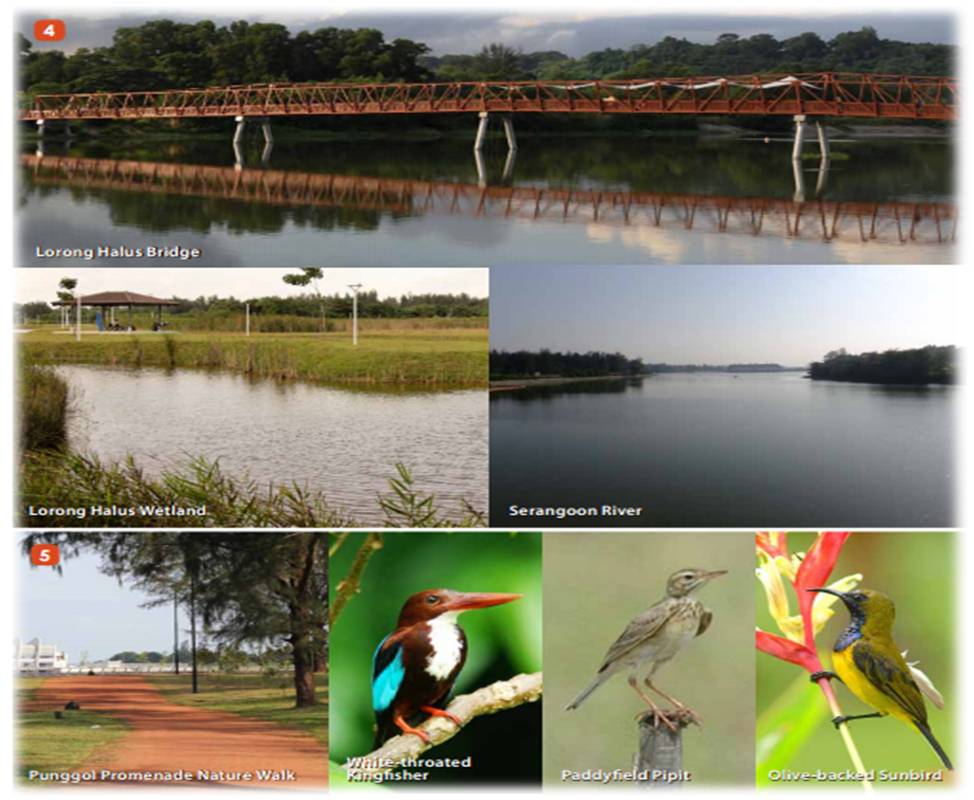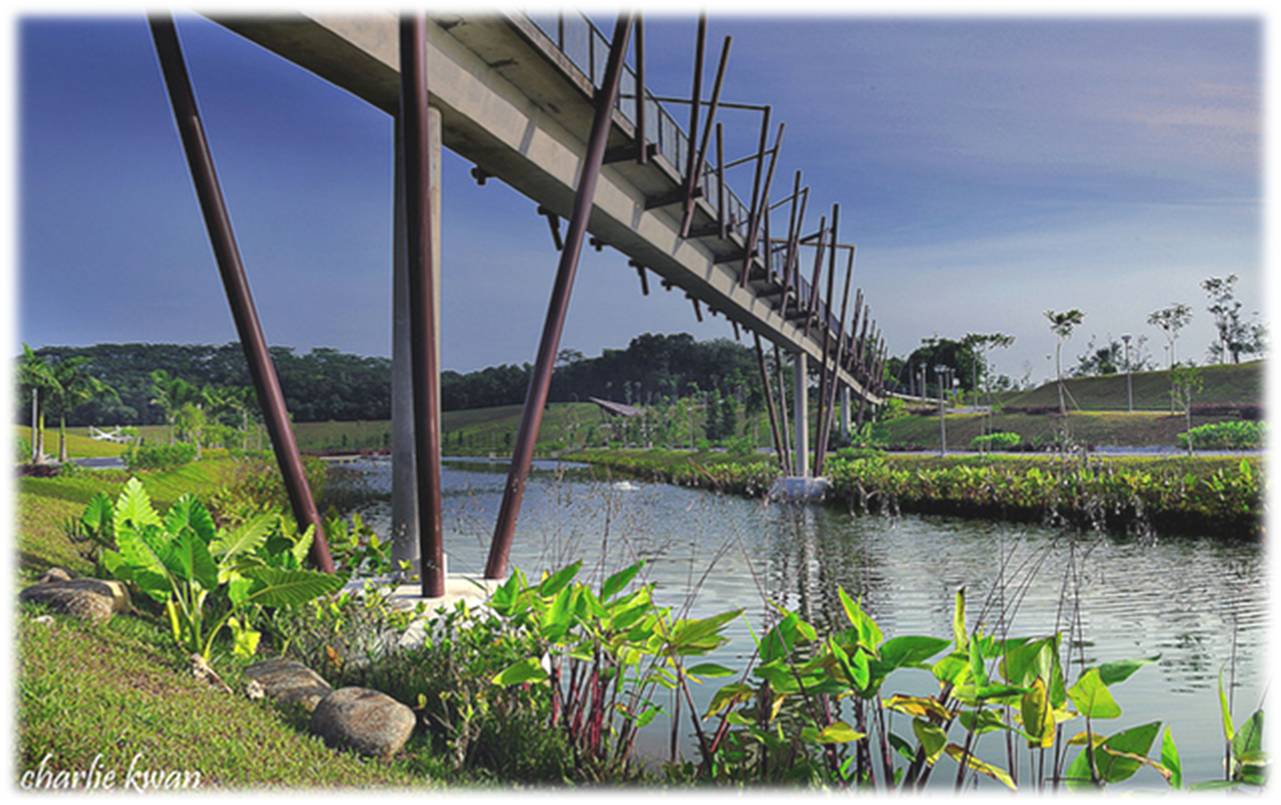[fblike]
Beitou Public Library Going Green
The use of wood is significant. If taken from managed forests rather than primary or rain forests, it is a far greener material than concrete. Cement takes a great deal of energy to extract, heat, mix and refine. Also, the extraction of gravel for use as a concrete aggregate has damaged many of Taiwan’s rivers and hillsides.
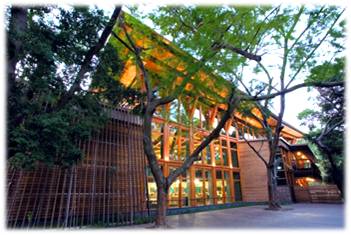
{Exterior of the library. © Culture Taiwan}
{Interior of the library. © Culture Taiwan}
Ying-chao Kuo (郭英釗), one of the architects who worked on the project, explains that the timber for Beitou Library was sourced from North America. It could not be obtained from anywhere nearer because logging has been effectively banned in Taiwan, and forests in Southeast Asia are not managed in a sustainable manner.
Taiwan’s hot, humid climate and insect population can be brutal for wooden structures. But rather than treat the materials with strong chemicals that might later contaminate the environment, wood oils were used to protect the timber from rotting and infestation, says Kuo, one of the partners of the Taipei-based firm Bio Architecture Formosana (九典建築師事務所), the designers of the library.
{Its large windows reducing need for air-conditioning or light in the day. © Culture Taiwan}
The library’s large windows help cut electricity use in two ways. An abundance of natural light means less interior lighting is needed. Also, the windows can be opened to provide ventilation, so reducing the need for fans and air-conditioning.
One part of the roof is covered by photovoltaic (PV) cells that are expected to convert sunlight into at least US$1,000 worth of electricity per year. Another part is covered by a 20-centimeter-thick layer of soil that provides thermal insulation. During Taipei’s chilly winters, the soil cuts heat loss through the ceiling and thereby makes the interior cozier. In the summertime, the foliage blocks some of the warmth of the sun.
{Enjoying a leisurely read close to nature. © Katie Yang}
Some plants take root and thrive on the roof, improving air quality in the immediate area.
The library conserves water by capturing rainfall. The sloping roof gathers rainwater, which is then stored and used to flush the library’s toilets.
Source: Culture Taiwan




